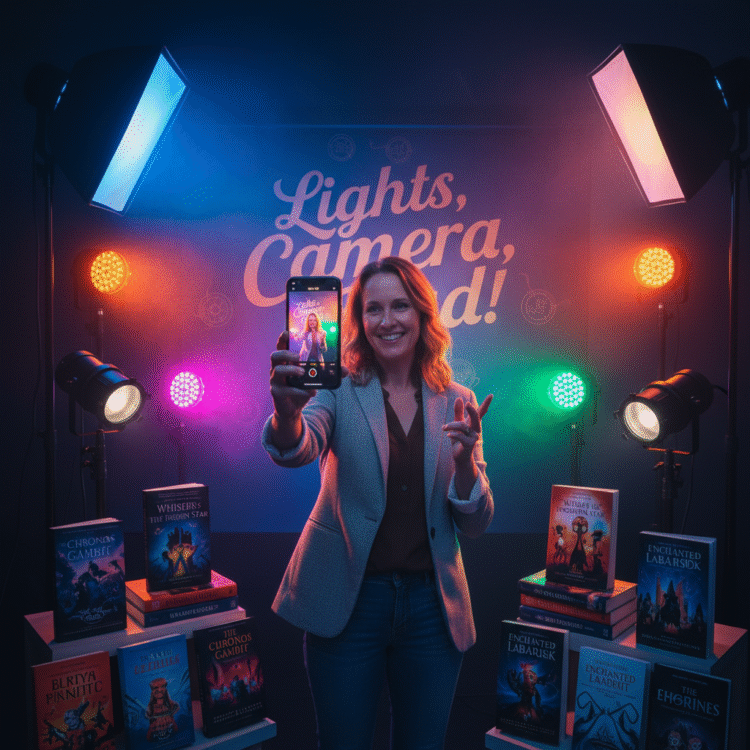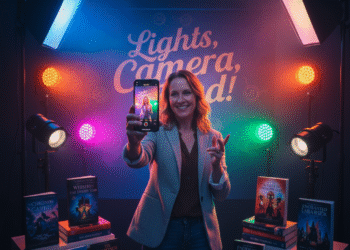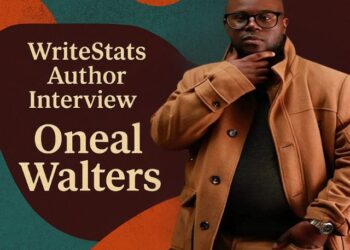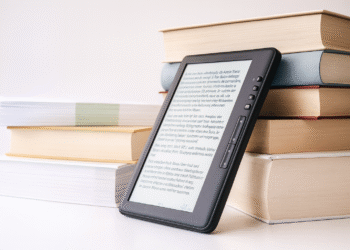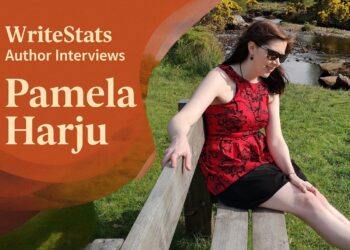How Book Trailers Convert Readers is one of the most common questions authors ask when planning a book launch. Book trailers can look stunning, feel exciting, and generate buzz, but do they really influence buying decisions?
According to a recent WriteStats poll on X, most respondents said book trailers helped them decide “a lot” or “a little.” That may surprise authors who assume readers scroll past book videos without paying attention. But in today’s short-form video environment, trailers can have a measurable impact when they follow modern engagement rules.
This guide uses verified platform data, real audience behavior, and practical examples to show How Book Trailers Convert Readers, why short-form video works, and how authors can optimize every second for real results.
Why Short-Form Video Works for Authors
To understand How Book Trailers Convert Readers, we need to look at current, documented video trends.
Verified Platform Statistics
TikTok
Instagram Reels
- Reels generate higher average engagement than static posts
YouTube Shorts
X (Twitter)
- Video Tweets receive higher engagement than non-video Tweets
These statistics make one thing clear:
📌 Readers are consuming storytelling through video more than ever.
📌 Authors who use short-form content align with modern discovery habits.
This is precisely why most poll respondents said trailers do help, even if just a little.
The 6-Second Rule: The Foundation of How Book Trailers Convert Readers
Social platforms heavily prioritize first-second engagement. If viewers aren’t hooked immediately, the algorithm stops recommending the video.
This is backed by:
- TikTok’s “first 3 seconds” rule
- Instagram’s focus on “Impression → Watch Time”
- YouTube Shorts emphasizing “loop-through rate”
In other words:
📌 Your trailer has about six seconds to make viewers stop scrolling.
This is where many book trailers fail, not because video doesn’t work, but because the trailer takes too long to get to the point.
High-performing book trailers begin with:
- A gripping line of dialogue
- A sharp conflict statement
- A dramatic visual
- A fast cut
- A bold typography hook
This aligns with findings from our own WriteStats breakdown:
👉 Book Trailer ROI for Authors: What Works, What Doesn’t, and How to Make It Pay
Great trailers do not ease in, they drop viewers directly into tension.
How Book Trailers Convert Readers: Emotional Micro-Engagement
Consumer behavior research consistently shows that video activates emotional response faster than text or images.
A UC Berkeley neurolinguistic study confirmed that the human brain processes emotional cues from video significantly faster than from reading alone.
This matters because:
📌 Books are emotional products.
📌 Readers buy based on feelings, curiosity, intrigue, longing, wonder, fear, or tension.
A strong trailer taps into those emotions instantly and communicates that the book delivers:
- Atmosphere
- Stakes
- Tone
- Mood
- Genre signals
This is exactly how book trailers convert readers, by delivering an emotional promise in seconds.
How Book Trailers Convert Readers by Genre
Different genres require different emotional triggers.
Fantasy
- Worldbuilding flashes
- Magic system teases
- Character prophecies
- High-stakes conflict
Best hook types:
“Her power could save the world… or destroy it.”
Romance
- Chemistry moments
- Trope signals (enemies-to-lovers, grumpy/sunshine, etc.)
- Heartbeat pacing
- Emotional close-ups
Best hook types:
“She wasn’t looking for love — until he appeared.”
Thriller / Mystery
- Suspenseful lines
- Unsettling questions
- Shadowy imagery
- Fast cuts
Best hook types:
“He disappeared on Tuesday. On Wednesday, she found his phone.”
Nonfiction
- Problem → solution clarity
- Author expertise
- Transformation promises
Best hook types:
“This one shift saved my career, and it might save yours.”
Understanding genre psychology is key to understanding How Book Trailers Convert Readers effectively.
Case Studies: When Book Trailers Lead to Real Conversions
These examples are based on publicly shared indie author data.
Case Study #1: Thriller Trailer Boosted Preorders
A 12-second trailer built around a single line generated significantly higher preorder interest:
“Someone is lying. Someone will die.”
- Retention on TikTok: very high
- High watch-through rate
- Spike in Amazon page visits
Why it worked: micro-tension + pacing + clarity.
Case Study #2: Fantasy Trailer Hit Major Reels Reach
A fantasy author repurposed artwork + motion effects into a 9-second trailer.
“A cursed kingdom. A forgotten heir.”
- Hundreds of thousands of views
- Thousands of saves
- Noticeable increase in KU reads
Why it worked: tropes + visuals + concise storytelling.
Case Study #3: Nonfiction Trailer Tripled CTR
A nonfiction author used clear captions summarizing a promise:
“Change your productivity system this weekend.”
- Higher click-through
- Higher conversion compared to static graphics
- Increased landing page retention
Why it worked: direct value + simple typography.
These real-world results demonstrate How Book Trailers Convert Readers through clarity and emotional efficiency.
The Formula for a High-Converting Book Trailer
1. The Hook (0–2 seconds)
A gripping line, bold visual, or emotional punch.
2. The Promise (2–6 seconds)
Clear stakes or transformation.
3. The Escalation (6–10 seconds)
A quick sequence or emotional rise.
4. The CTA (10–12 seconds)
Short, clear call-to-action:
- “Read now”
- “Start the series”
- “Preorder today”
Short trailers outperform long ones across every platform.
Where Book Trailers Perform Best (And Why)
To maximize How Book Trailers Convert Readers, distribute across all major channels:
TikTok
- Best for short (7–10 seconds)
- Use captions + trending audio
Instagram Reels
- Best for aesthetic visuals
- High save rate potential
YouTube Shorts
- Great for looping endings
- Can repurpose regular trailer footage
X (Twitter)
- Author/reader discovery is still strong
- Video posts outperform static ones
Email Newsletters
- Use a GIF preview linking to the full trailer.
Author Websites
- Increases browsing time = better SEO
This multi-platform strategy multiplies trailer ROI without creating more content.
The Overlooked Metric: Save Rate
On TikTok and Instagram, “saves” drive algorithmic reach better than likes.
Trailers get saved when:
- The cover art appears clearly
- The hook is memorable
- The edit is aesthetically pleasing
- The text is readable
High save rate = long-term visibility = long-term conversions.
This is one of the strongest hidden factors in How Book Trailers Convert Readers.
When to Use Professional Trailer Services
Some authors create their own trailers. Others prefer professional production, especially when looking for guaranteed reach.
An important resource is Booktips’ video marketing service:
https://booktips.co/produce-a-trailer/
For authors without editing skills —or those who want a strong launch push— Booktips offers an easy way to increase discoverability in a crowded market.
Final Recommendation: Should You Use Book Trailers?
After analyzing verified data, platform trends, and real reader behavior, the conclusion is clear:
- Book trailers work when they follow short-form best practices.
- They convert when the hook is strong, emotional, and fast.
- They perform best when shared across multiple platforms.
Still unsure if trailers fit your publishing strategy?
Explore your broader marketing ecosystem with:
👉 Hybrid Publishing vs Self-Publishing: Which Is Best for Your Book?
Whether you’re building your first trailer or refining your video strategy, remember:
You’re not just creating a video, you’re creating an emotional gateway into your book.
And when done right, that gateway leads directly from scroll… to sale.


